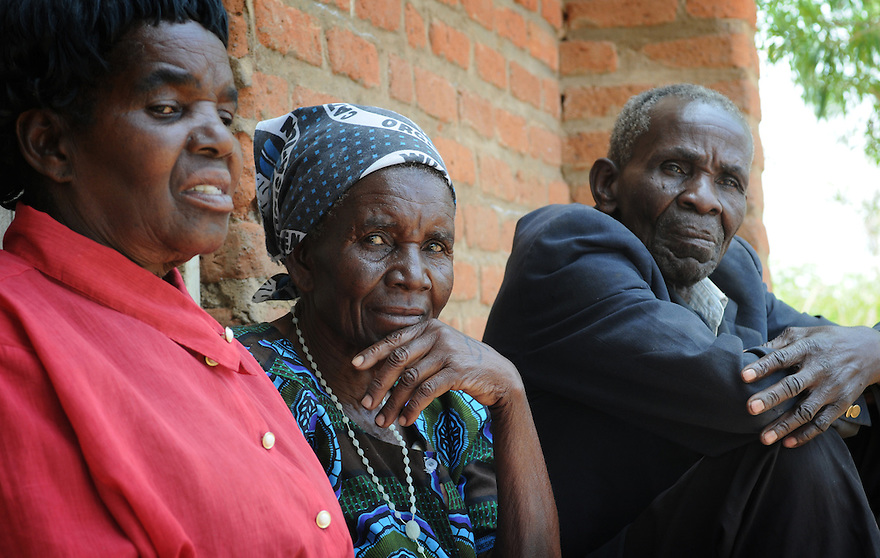“There’s no food if there’s no nsima.”
Or so I learned from a former colleague as he stared disapprovingly at my grilled cheese sandwich over lunch one day. The heavy white porridge of maize flour is Malawi’s staple food and is produced and consumed across the country—uniting all income, class, religious, and tribal divides. It’s also an object of national pride; criticizing the dish is a surefire way to get on a Malawian’s bad side.
“It is part of our culture. Our parents and grandparents all ate nsima,” says Felix Minjale, Programs Officer with the Hunger Project in Malawi.
Nsima’s main ingredient is critical to the country’s food security—2.4 million tons of maize is needed every year to feed Malawi’s 15 million people.
Reaching this goal draws on the country’s collective energy. The most recent Malawi census found that 80 per cent of Malawians are subsistence farmers consumed by the yearly process of planting, fertilizing, weeding, harvesting and milling maize.
While visiting a rural area just outside Blantyre’s city centre, I asked resident Linnah Matanya how many people there farmed maize. She looked surprised by the apparent naiveté of the question before answering. “Everyone,” she said. “Without maize, we die. Full stop.”
And maize isn’t just a rural preoccupation; 15 per cent of urbanites are subsistence farmers. Just about everyone I talk to in the city supports their extended family’s maize field.
Jessey Kachule is a business owner in Blantyre. As a child, her parents would regularly haul her to her grandparents’ village to work in their field.
In her large office with a highway view, Kachule reminisces about those days. “The best part was when we ate the maize straight from the field . . . But the part I hated most was removing the seeds from the cob and your thumb would get all swollen,” she says with a laugh before turning serious.
“It taught us children how to be responsible,” she says, “and to appreciate what we had in town.”
While she no longer has time to work in the field, she is still expected to help her grandparents’ village by sending fertilizer and money.
Maize shortages caused famine in Malawi in 1991, 2002, and 2005, so this rural-urban collaboration seems to be an important part of fending off the too familiar spectre of hunger.
But the country is technically riding a wave of food security. The Famine Early Warning Systems Network, a global organization that predicts food shortages, reported that Malawi’s national grains stock is stable. Andrew Daudi, secretary for Malawi’s agriculture ministry, recently said that 3.9 million tons of maize is expected to be harvested this year.
Matanya, however, doesn’t want to feel complacent since rains have been sparse lately and harvesting season is still three months away. “We don’t know God’s mind. He can do anything to us.”
And no fertile ground is left unturned in Malawi’s yearly quest for sustenance. Maize stalks can appear anywhere—whether they’re by the side of a gas station or sandwiched between a plastics factory and a highway.
It’s a national dependence that may be hard to understand for those from industrialized countries where incomes are disposable and cheap imported foods flood the shelves.
“Countries like South Africa don’t need a staple food because they have so much,” says Matanya.
But even Kachule, who can access imported food, sticks close to corn. Before a busy workday, she’ll eat a bowl of maize porridge using cobs from her grandparent’s garden. According to her, “It just sustains you better than anything else.”
By Angela Pereira





No comments! Be the first commenter?